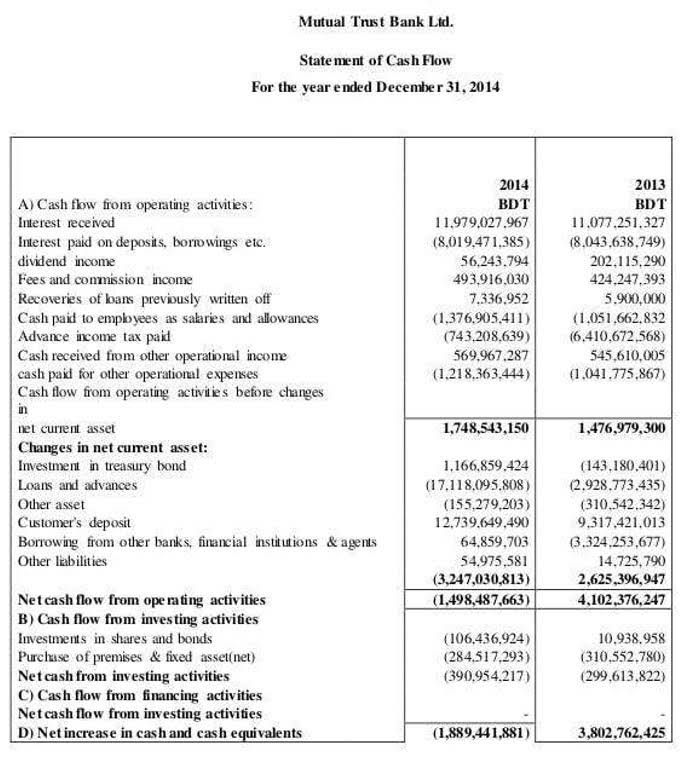
The payoff from these instruments does not accumulate over time but depends on the price of the underlying asset at a specific point in time. Their dividends come from the company’s after-tax profits and are taxable to the shareholder (unless noncumulative preferred stock held in a tax-advantaged account). In this article, we look at preferred shares and compare them to some better-known investment vehicles. If a company decides that it can’t pay a dividend, it can choose to skip paying that dividend.
Preference Preferred Stock
The repercussions of legal modifications can considerably affect the worth and utilization of noncumulative instruments. Noncumulative refers to a type of policy or provision where benefits or privileges do not accumulate or carry over if they are unused within a specified period. Each week, Zack’s e-newsletter will address topics such as retirement, savings, loans, mortgages, tax and investment strategies, and more. At Finance Strategists, we partner with financial experts to ensure the accuracy of our financial content. 11 Financial may only transact business in those states in which it is registered, or qualifies for an exemption or exclusion from registration requirements.
The Differences Between Common and Preferred Stock
The investor will be one of the first to receive his or her dividend once this happens, as the investor has preferred shares. For example, let’s say a company or corporation issued 200,000 shares of $10 non-cumulative preferred stock in January 2015. If they didn’t pay any dividend during that year, the $10 dividend per share wouldn’t be carried forward into the year 2016.
- This means that a share of cumulative preferred stock must have all accumulated dividends from all prior years paid before any other lower-tier share can receive dividend payments.
- As such, there is not the same array of guarantees that are afforded to bondholders.
- This decision is typically outlined in the company’s articles of incorporation and can be influenced by various factors, including financial strategy and market conditions.
- Preferred stock combines features of debt, in that it pays fixed dividends, and equity, in that it has the potential to appreciate in price.
- However, as there are many differences between stocks and bonds, there are differences with preferred equity as well.
- There is no provision for the accumulation of the previously omitted dividends.
Preferred stock vs. bonds

By contrast, an investor who is interested in some growth may opt to convert his bond holdings into equities. This investor will want to compare the rates offered on the bond and preferred stock. Preferred shares have less potential to appreciate in price than common stock, and they usually trade within a few dollars of their issue price, most commonly $25. Preferred stock also usually differs from common stock in its voting rights. Owners of common stock usually have voting rights in the company, but owners of preferred stock rarely do. It will depend on how it is issued, and investors need to take notice before purchasing the stock, if that’s important to them.
- In regards to non-cumulative dividends, “dividend in arrears” does not apply.
- Convertible preferred stock usually has predefined guidance on how many shares of common stock it can be exchanged for.
- This financial instrument spectrum offers unique opportunities and challenges.
- Lawyers on UpCounsel come from law schools such as Harvard Law and Yale Law and average 14 years of legal experience.
- Preferred stock often provides more stability and cash flow compared to common stock.
- In addition, bonds often have a term that matures after a certain amount of time.
- Whereas common stock is often called voting equity, preferred stocks usually have no voting rights.
Legally, it’s considered equity in a company, but it makes payouts like a bond, with regular cash distributions and fixed payment terms. Sometimes dividends or yields on preferred shares may be offered as floating, and fluctuate according to a benchmark interest rate. The features of preferred stock provide investors with certain benefits, but also come with caveats that potential buyers need to be aware of. Below is an overview of how preferred stocks work, and how investors can decide if it’s the right fit for their portfolio. Each dividend period is considered independently, and any unpaid dividends do not create an obligation for the company to make up those payments in the future. In any case, understanding the cross-asset correlation profile of an exposure prior to implementation should be on the investor’s portfolio construction checklist.
- If interest rates fall, for example, and the dividend yield does not have to be as high to be attractive, the company may call its shares and issue another series with a lower yield.
- However, the price of the convertible preferred will rise to capture the price rise of the common stock.
- Preferred shares may be callable where the company can demand to repurchase them at par value.
- The next year, the economy is even worse and the company can pay no dividend at all; it then owes the shareholder $900 per share.
- Like bonds, preferred stock is offered for sale with a set “face value,” often referred to as par value.
Great! The Financial Professional Will Get Back To You Soon.
And if a company is unable to pay cumulative dividends by their due date, it may have to pay interest on future payments. Preferred stocks do provide more stability and less risk than common stocks, though. While not guaranteed, their dividend payments are prioritized over common stock dividends and may even be back paid if a company can’t afford them at any point in time. Preferred stockholders also come before common stockholders, but after bondholders, in receiving payment if a company goes bankrupt. Common stock and preferred stock both give the holders ownership of a company. You’re probably more familiar with common stock, which provides voting rights and may even pay dividends.
Fifty-six consecutive quarters of increased quarterly cash dividend on its common stock

Preferred shares (“preferreds”) frequently go overlooked — but this unique asset class offers several advantages worth considering. There can also be a subordinated cumulative preferred, which is paid after the regular cumulative preferred dividends or asset liquidation is satisfied. Issuing noncumulative stock assists corporations in times of financial distress.
Regulatory laws govern their issuance and trading, necessitating stakeholders to keep abreast with legislative amendments that may affect these instruments’ value and use. This, in turn, has a domino effect on the company’s financial health, as it influences key financial ratios – such as debt-to-equity or current ratio – that serve as barometers of financial stability. Owing to the non-accrual nature of these instruments, the absence of accumulated dividends or interest can lead to a reduction in the company’s liabilities. The total value of assets is $1 billion after paying creditors, bondholders, employees, and the government.